The dandelion stands as one of nature's most fascinating contradictions—a plant simultaneously revered and reviled, cherished as a wish-granting sprite by children yet condemned as a botanical menace by gardeners. This humble yellow flower, with its globe of delicate parachutes, embodies what ecologists call the "dandelion paradox": a species so successful at survival that it transcends categories of native or invasive, weed or wildflower. Its story whispers uncomfortable truths about how humans assign value to nature.
To understand the dandelion's dual identity, we must first examine its evolutionary brilliance. Each plant can produce up to 15,000 seeds annually, equipped with feathery sails that ride wind currents for miles. The taproot drills 10 feet deep, shrugging off droughts and regenerating from fragments. These adaptations allowed Taraxacum officinale to spread from Eurasia across every continent except Antarctica—long before globalization became a buzzword. Medieval Arab physicians carried it along Silk Road trade routes as a medicinal herb, while European settlers deliberately imported it to North America as a salad green and coffee substitute. The dandelion didn't invade so much as hitchhike on human ambition.
Modern hostility toward dandelions reveals more about cultural aesthetics than ecological reality. The rise of monoculture lawns in 20th-century suburbia transformed this nutritious plant into public enemy number one. Chemical companies capitalized on this prejudice, marketing herbicides with wartime rhetoric—"declare war on weeds!"—while ignoring the dandelion's role as a keystone species. Its early spring blossoms provide crucial pollen for emerging bees, its leaves host butterfly larvae, and its seeds sustain goldfinches. Unlike true invasives that destabilize ecosystems, dandelions typically colonize disturbed soils without displacing native flora.
Children instinctively recognize the magic that adults have forgotten. The ritual of blowing dandelion clocks to make wishes persists across generations because it taps into something primal—the joy of collaborating with nature's design. Each released seed becomes a tiny conspirator in our dreams, a biological metaphor for hope taking flight. This cultural memory hints at pre-industrial attitudes when "weeds" were simply plants growing where people hadn't decided they should be. Folk medicine revered dandelions as liver tonics; French peasants called them pissenlit ("pee-the-bed") for their diuretic properties. Every part offered sustenance: flowers for wine, leaves for bitter greens, roots for detox teas.
Contemporary ecology now validates what traditional knowledge always understood—the dandelion is an ecosystem ally. Its deep roots mine calcium and other nutrients from subsoil, making them available to shallow-rooted plants. Urban dandelions mitigate the "heat island" effect better than thirsty lawns, while their tough stems withstand compacted soils where other plants perish. In a warming world, such resilient species may become climate change survivors rather than villains. Recent studies even suggest dandelion latex could revolutionize rubber production as a sustainable alternative to tropical plantations.
The paradox forces us to confront uncomfortable questions: Why do we label organisms as "invasive" when they thrive in environments we've altered? How much of our weed mythology stems from colonial attitudes that privilege certain landscapes over others? Perhaps the dandelion's greatest lesson is about coexistence—it flourishes not by destroying ecosystems but by filling niches we create. The next time you see a golden puffball pushing through a sidewalk crack, consider that it might not be an invader but a reminder of nature's relentless creativity.
As climate change reshapes habitats, our definitions of belonging will keep evolving. Species once deemed outsiders may become vital partners in adapting to disrupted ecosystems. The dandelion, that stubborn poet of cracks and crevices, suggests a future where resilience matters more than origin stories. Its seeds carry not just children's wishes but an evolutionary message: Life finds a way, with or without our permission.
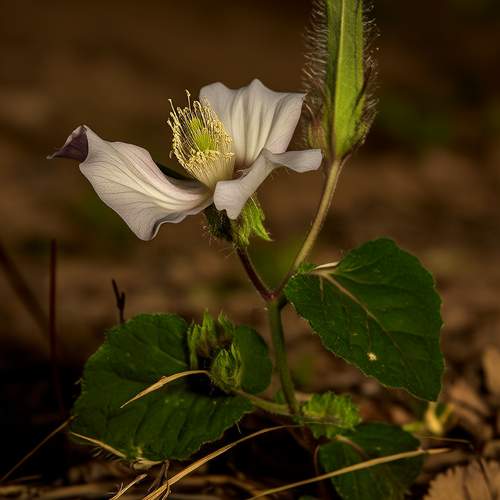
By /May 21, 2025
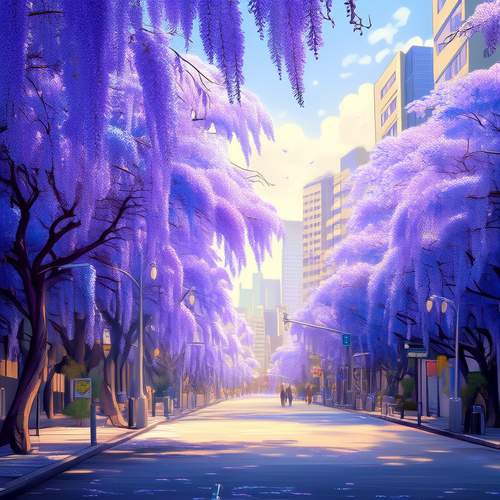
By /May 21, 2025
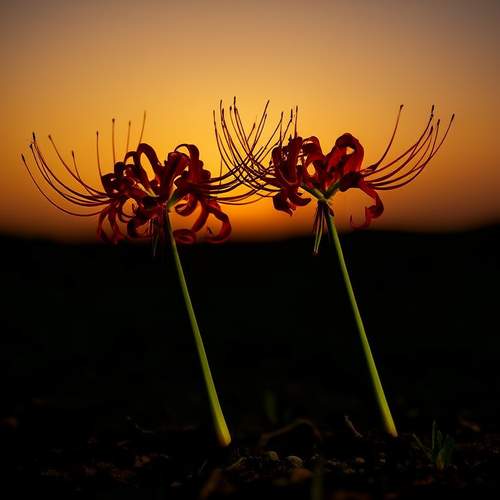
By /May 21, 2025
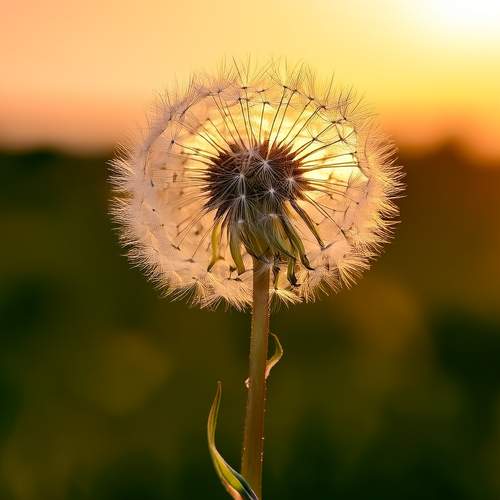
By /May 21, 2025
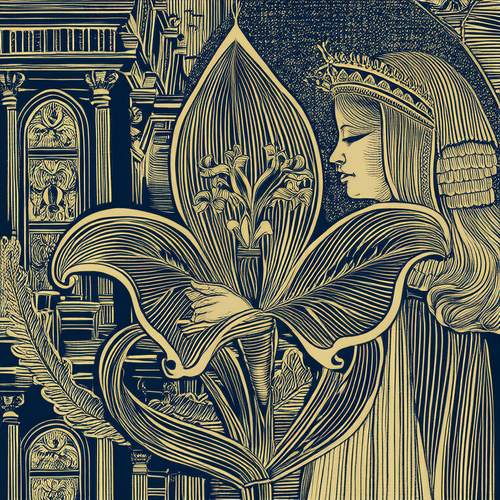
By /May 21, 2025
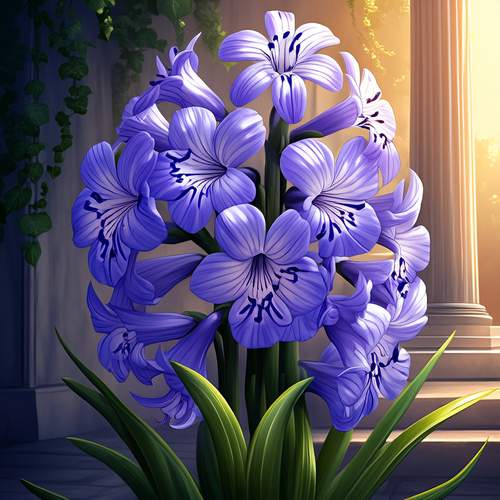
By /May 21, 2025

By /May 21, 2025

By /May 21, 2025
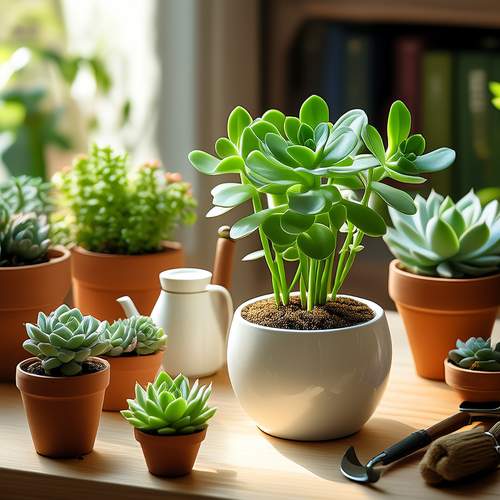
By /May 21, 2025
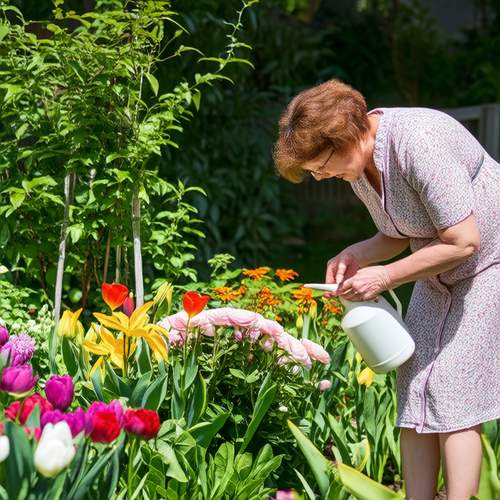
By /May 21, 2025
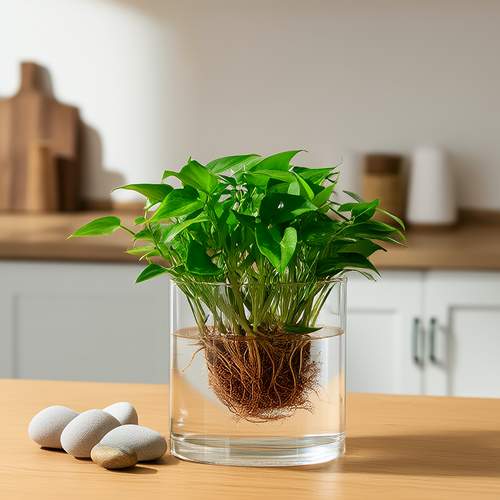
By /May 21, 2025
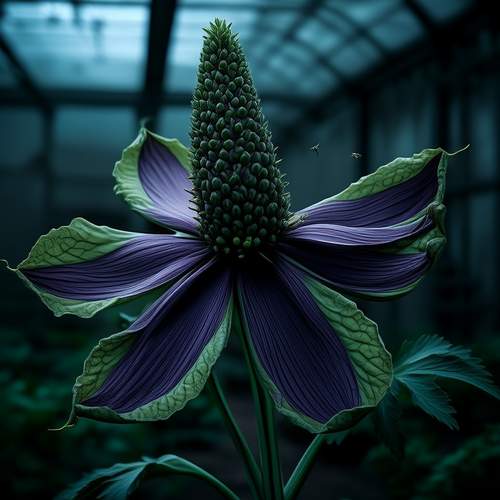
By /May 21, 2025
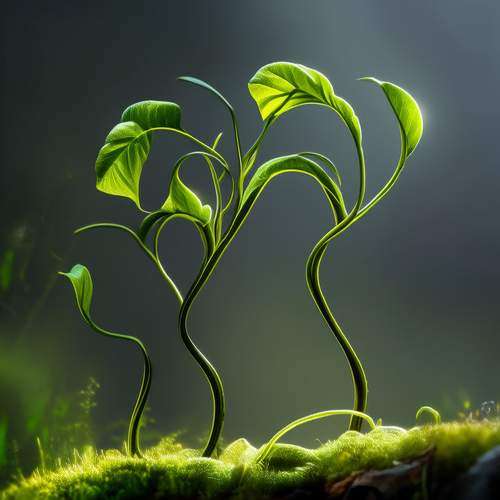
By /May 21, 2025

By /May 21, 2025
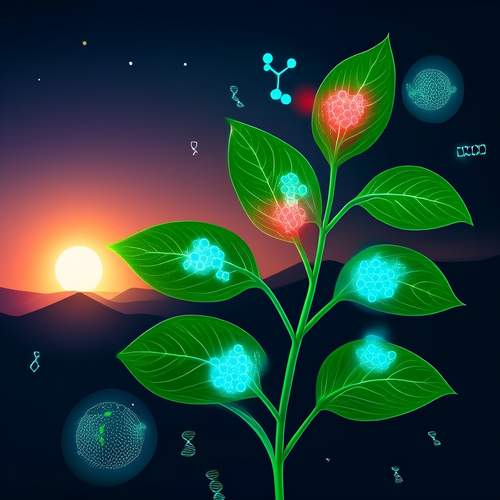
By /May 21, 2025
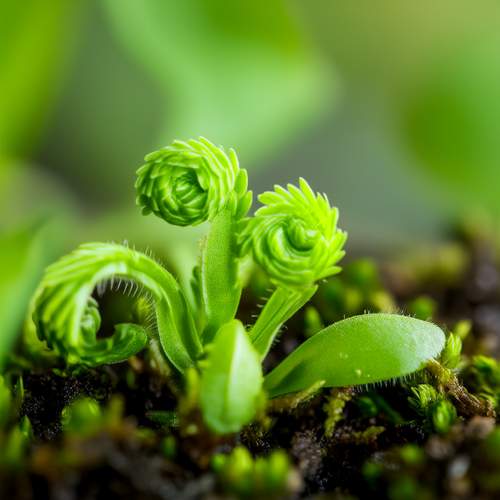
By /May 21, 2025
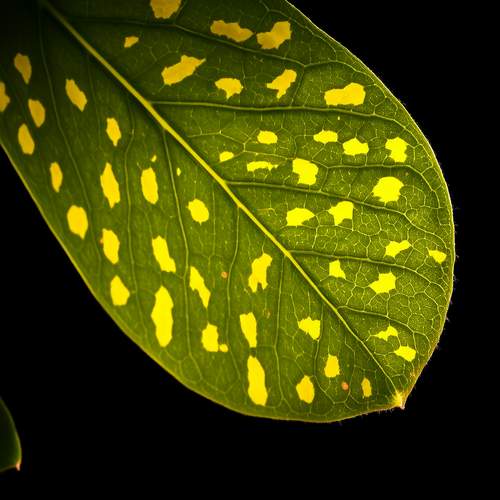
By /May 21, 2025
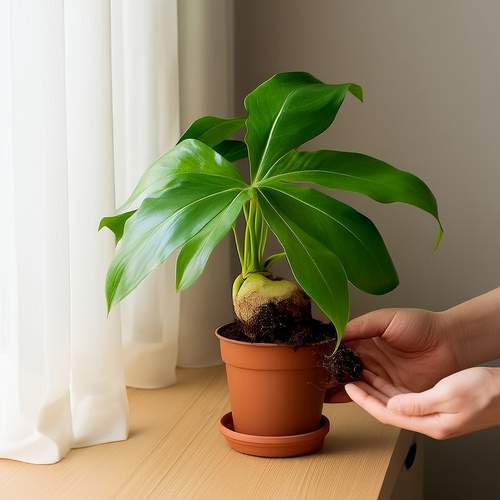
By /May 21, 2025
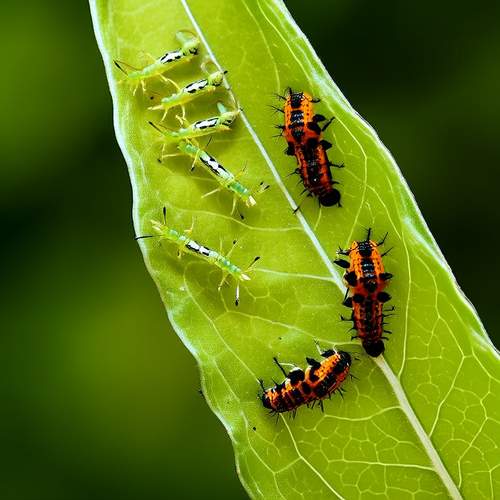
By /May 21, 2025
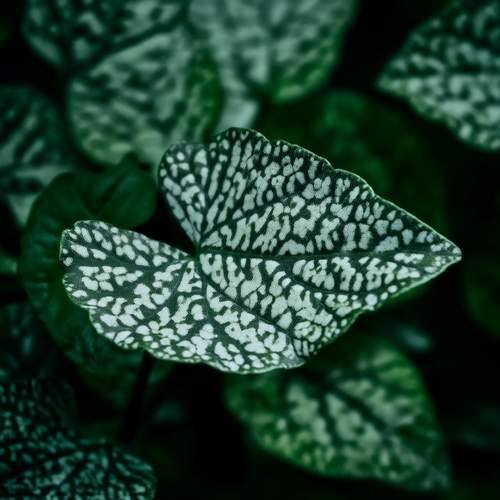
By /May 21, 2025